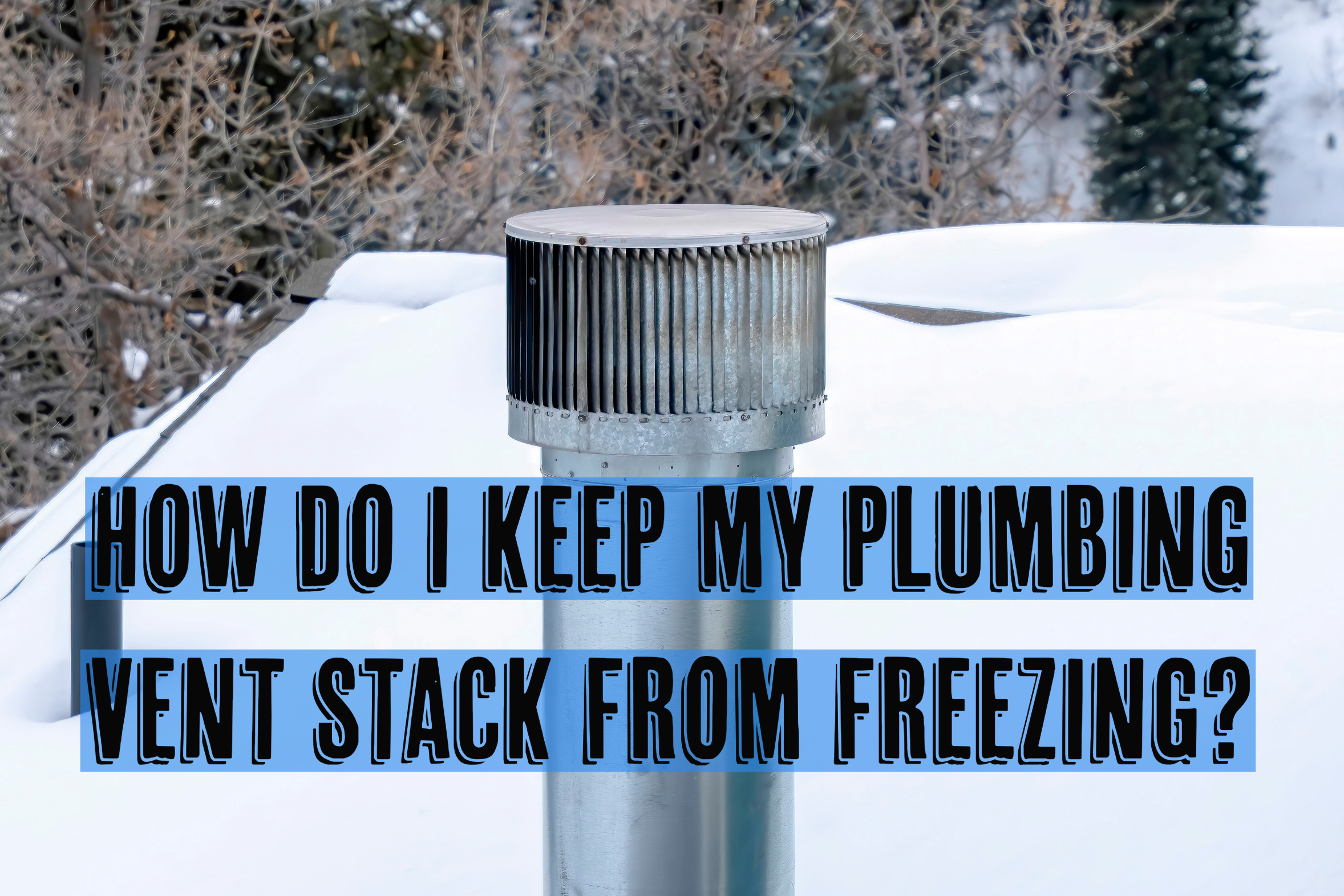Your home has a bunch of different exhaust systems, like the furnace and fireplace chimney, the dryer vent, and the kitchen fan. But here’s something you might not think about – your plumbing vents and vent stack. Even though they’re low maintenance, they still need a little love in the winter. Did you know that your plumbing vent stack can freeze? This is especially true in particularly cold areas. No worries if you didn’t know that, though. The plumbing vent system often gets overlooked. Unless you’re a pro, it can be hard to know all the ins and outs of your plumbing. That’s where your local Canal Winchester Plumbing & Drain experts come in! Our goal is to keep you in the loop and show you how important your plumbing vents and vent stack are. We’ll give you tips to prevent freezing too. So, you’re in good hands!
Understanding the Role of Plumbing Vents and the Vent Stack:
The main purpose of plumbing vents is to release sewer gases out through the roof via the vent stack (the exterior piece you see on the roof), making sure these gases don’t end up in your living spaces. It’s important to note that most homes have just one vent stack, connecting all drain lines to the plumbing vent system inside the house. However, some houses may have multiple vent stacks on their roof.
Vent stacks are usually made from cast iron, galvanized steel, PVC, and CPVC. The plumbing vents connect to sinks, toilets, tubs, and other drains. They help maintain air pressure, prevent siphoning, control odors, and stop backflow. All of these things contribute to keeping your plumbing system running smoothly. So, if the vent stack somehow freezes up and the ice creates a blockage, this opens up the door for a variety of potential plumbing problems to occur.
Recognizing a Frozen Plumbing Vent Stack:
You can check out a vent stack visually from the ground. Standing outside, if you see ice buildup on top of it, that could mean it’s frozen. Another clue of a frozen vent stack is toilets running slowly or making gurgling sounds coming from the toilet.
Keeping Your Vent Stacks From Freezing:
- Pipe insulation is an important step to prevent issues. By wrapping the pipe that leads to the vent stack from your attic, you can help avoid ice buildup.
- Here’s a handy tip: to prevent freezing, pour some warm water down drains (especially floor drains) you don’t use often and run hot water from faucets. This helps keep the traps full.
- Make sure to check that the vent stack on the roof is free from debris like leaves and twigs. When combined with winter weather, loose debris can create a stubborn ice clog, which is definitely not what you want. But safety first! So, avoiding getting on top of your roof is best unless you’re a pro.
- Another great option to keep your vent stack warm is by using an insulated cap.
- If you can get to a part of the vent stack from your attic, using heat tape can help stop freezing problems.
- If your vent stack is already frozen, try opening the attic door to let some warm air in. Just keep in mind that it might temporarily increase your heating costs.
Conclusion:
By following these tips closely, you can keep your plumbing vent stack from freezing this winter and keep your plumbing system running smoothly. Plus, regular maintenance and preventive measures during colder weather really help reduce the risk of freezing.
If you come across any plumbing vent stack issues or have other plumbing-related concerns, feel free to reach out to Canal Winchester Plumbing & Drain. We’re here to lend a hand! Call us today at (614) 490-7531, or schedule an appointment online now by clicking here! Wishing you a safe and trouble-free winter!




